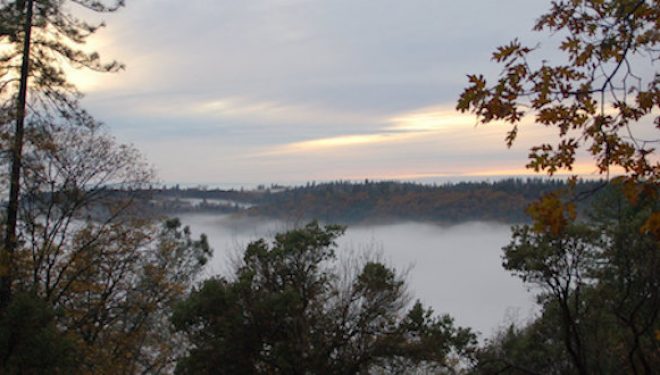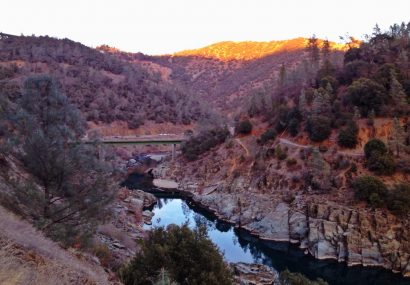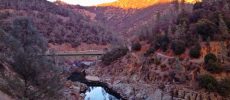
By Evan Klouse and Micheline Fairbank
The U.S. Bureau of Reclamation (BOR) is conducting an environmental review to examine solutions to sediment-related storage losses in two key Arizona reservoirs. The Verde Reservoirs Sediment Mitigation Project (VRSMP) will evaluate potential approaches to improving reservoir storage capacity and sustaining water supply reliability in south-central Arizona.
Background
Sediment buildup in the Bartlett and Horseshoe reservoirs has gradually reduced their water storage capacity. Horseshoe Reservoir, 43 miles northeast of downtown Phoenix, has lost approximately 25 percent of its original storage capacity due to sedimentation; meanwhile, Bartlett Reservoir, about ten miles downstream, has experienced a loss of approximately 8 percent of its capacity. These reductions affect water availability during critical periods and create challenges for water supply planning. The BOR and Salt River Project are investigating structural and non-structural solutions to restore capacity and mitigate ongoing sedimentation.
Feasibility Study
In 2021, Congress authorized the VRSMP feasibility study, complete with an environmental review under the National Environmental Policy Act (NEPA), under the Infrastructure Investment and Jobs Act. Last month, the Bureau of Reclamation initiated formal review under NEPA to study various alternatives for restoring storage and improving sediment control. The review is being conducted in cooperation with several federal agencies, including the U.S. Forest Service, the U.S. Army Corps of Engineers, and the U.S. Fish and Wildlife Service. The Salt River Project (SRP), which operates the reservoirs, is participating as the principal non-federal cost-share partner.
NEPA Review and PR&Gs
A formal NEPA public scoping period, open through August 13, 2025, invites individuals, organizations, and government entities to identify issues and provide suggestions regarding the project. Five public meetings—two virtual and three in-person—were held in late July and early August to present information and collect feedback. A draft Environmental Impact Statement (EIS) is expected in June of next year, and the final EIS should be available by June 2027.
The feasibility study (and EIS) will also apply federal planning standards referred to as the Principles, Requirements, and Guidelines (PR&Gs), specific to water- and land-related projects. These guidelines provide a consistent method for evaluating proposed projects based on technical merit, economic justification, environmental and hydrologic impacts, and recreational considerations. The results of this analysis will help Reclamation and Congress determine the appropriate solution.
Alternatives Considered
Several alternatives are being examined. Two of the four preliminary alternatives involve replacing the existing Bartlett Dam with a newly constructed structure designed to increase water storage capacity by incorporating sluice gates that allow sediments to pass through the dam. In one of these alternatives, the Bartlett Dam would be expanded to achieve almost twice the capacity from a larger Bartlett Reservoir with a surface elevation more than 100 feet higher. Another alternative envisions a slightly larger Bartlett Dam, expanding the capacity of the reservoir by about 25 percent and raising the water level only 60 feet.
In addition to structural alternatives, one non-structural alternative would rely on sluicing, dredging, and excavation operations. A ‘no-action’ alternative is also being evaluated, which assumes continued operation without major changes.
Conclusion and Implications
The Verde Reservoirs Sediment Mitigation Project seeks to address hydrologic, environmental, and technical challenges associated with sedimentation in the Verde River. As BOR moves forward with its environmental and feasibility review, stakeholder and public input may help shape the selected alternative. As one source of water for central Arizona communities and agricultural users, maintaining the functionality of existing reservoirs is important to water security in the region. A well-chosen alternative could extend the lifespan of the Horseshoe and Bartlett dams and reservoirs and alleviate groundwater reliance. Ultimately, the selected alternative could set the tone for future reservoir and dam management approaches, especially in today’s dam-averse technical and policy environment. The lessons learned from implementing the selected approach will also serve to inform future infrastructure and water policy decisions elsewhere in the western U.S.




